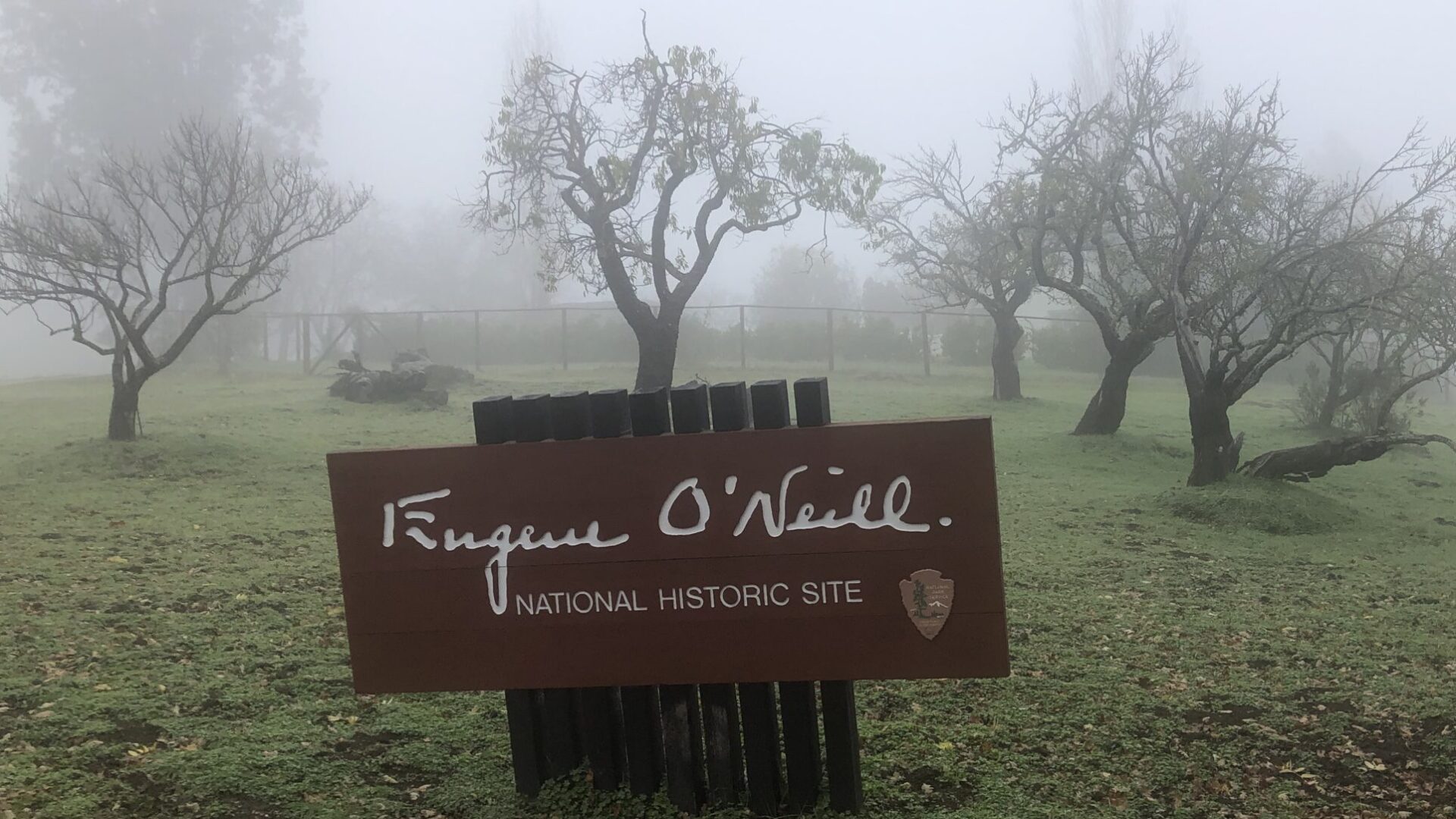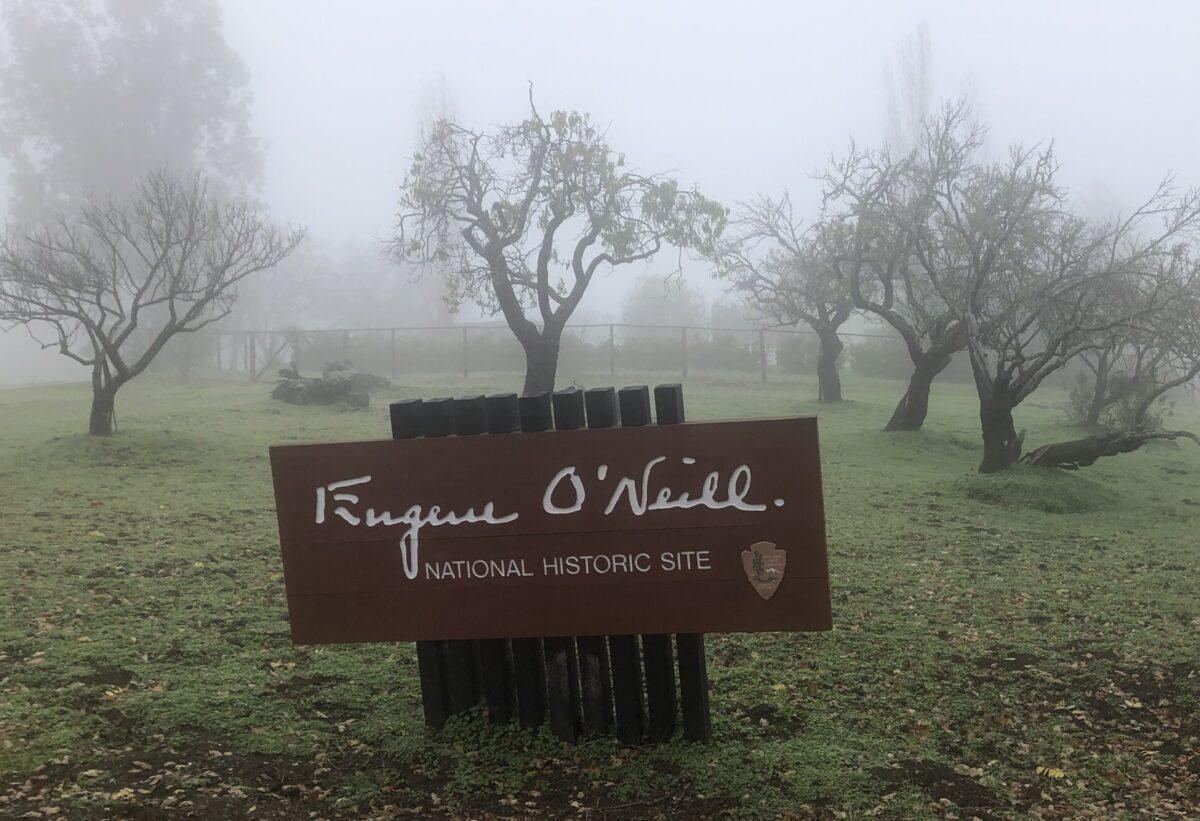Eugene O’Neill National Historic Site
Eugene O’Neill National Historic Site in Danville, California, is a tribute to the first American playwright to be granted a Nobel prize for literature, as well as four Pulitzer prizes. We have to admit, we didn’t know anything about him prior to our visit, but that’s the beauty of the national park system. During the visit to his home, the ranger was able to really bring the man to life and help us understand how important he was in his time.
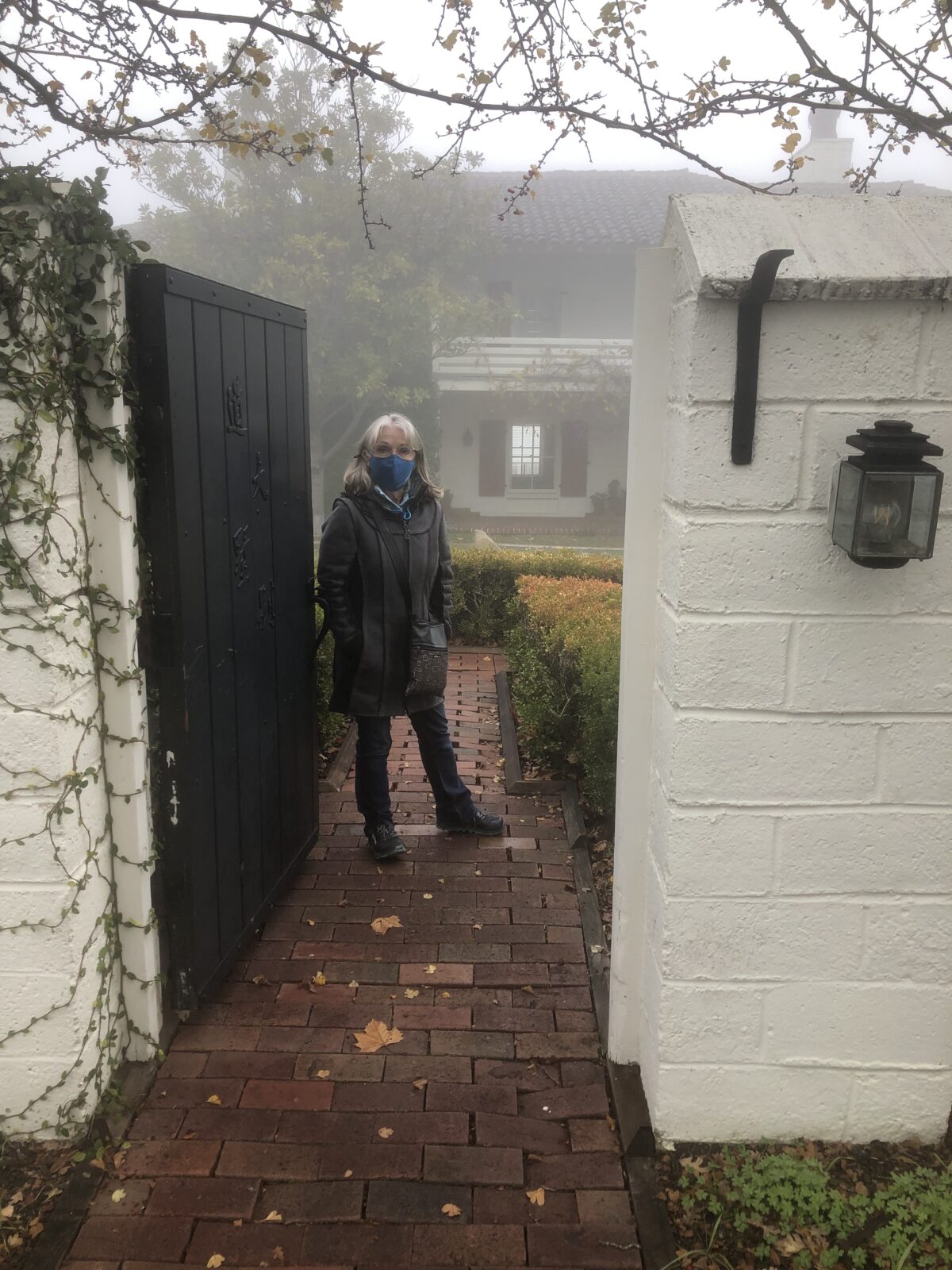
Who was Eugene O’Neill?
He took theatre in an entirely new direction… portraying real people in real settings. He believed that theatre should be serious art rather than simple diversion or comedy. It was hard at first for him to find acceptance, but once he did, he was wildly successful. He wrote his first play in 1914 and by the time he moved to California in 1936, he had written 60+ plays, of which at least 35 had been produced.
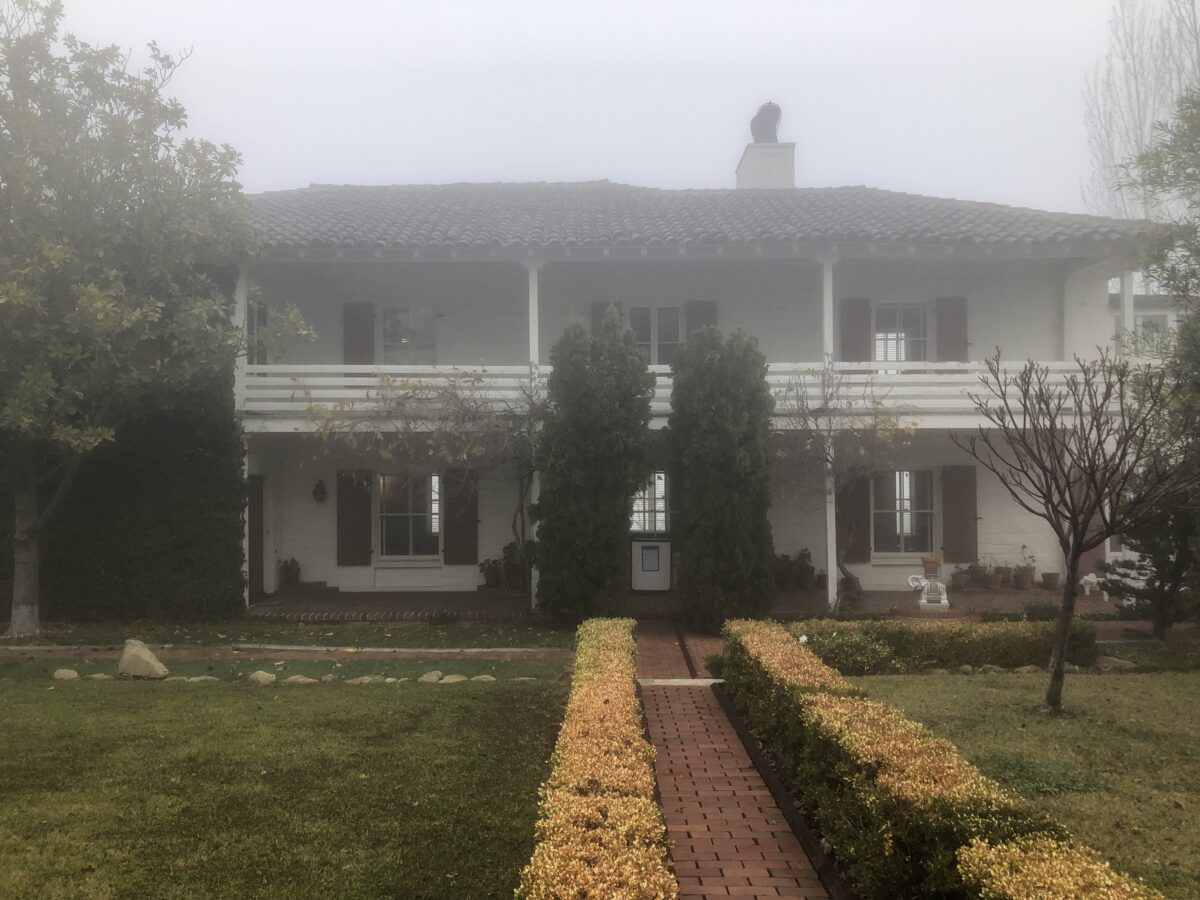
What is Tao House?
The money he won from the Nobel prize paid for the home that he and his wife Carlotta built in the foothills outside of San Francisco. They named it “Tao House” and designed it with Asian influence. One example of this was the front walkway. A Feng Shui principle is that evil will take the shortest path, so the walkway does not follow a straight line from the gate to the door. Rather, it winds to the right and then back to the left.
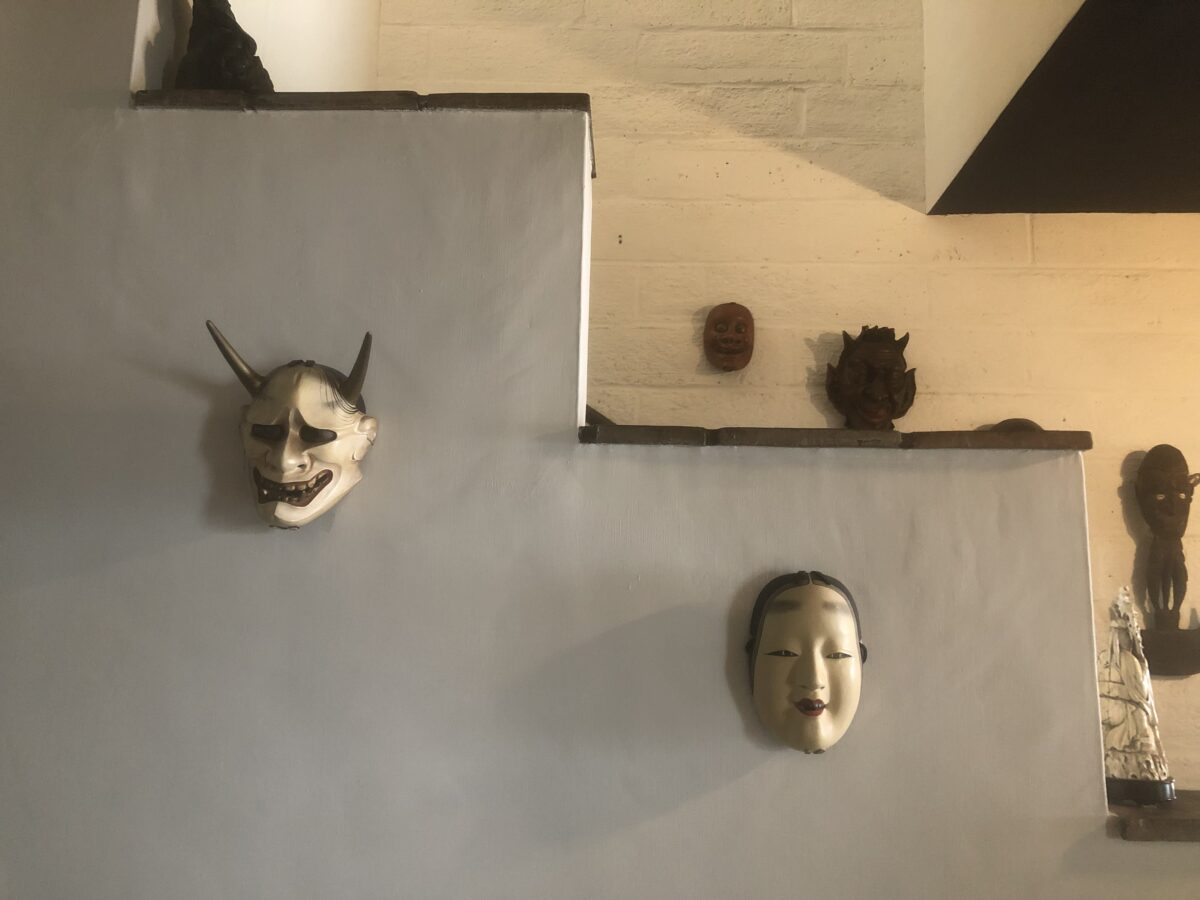
Throughout the house there are interesting and unique features, especially the colored mirrors – green, blue and smokey black – and insets for books everywhere. They say Carlotta designed the house to hold 8000 books and 300 pairs of shoes.
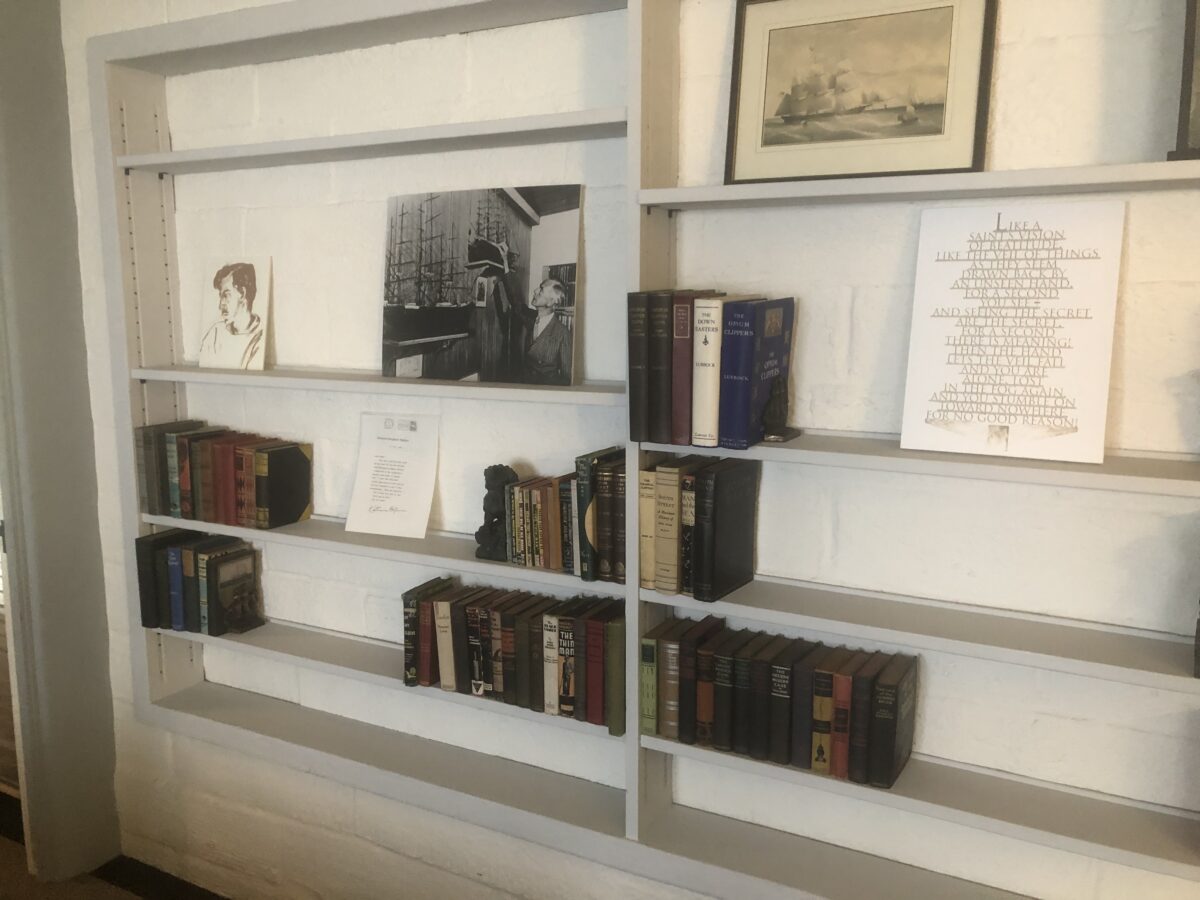
It was also interesting how the design created a barrier to the “master”. To get to O’Neill’s study, a person would have to go up stairs, past his bedroom, through his dressing room and then finally through another door to his study.
This was the most interesting room. Beautiful paneling, books and ships everywhere, and two huge desks. The ranger said that at any given time, O’Neill would be in the middle of writing multiple plays. He would work at one desk and if he had a writers block, he would switch to the other desk and work on a different play.
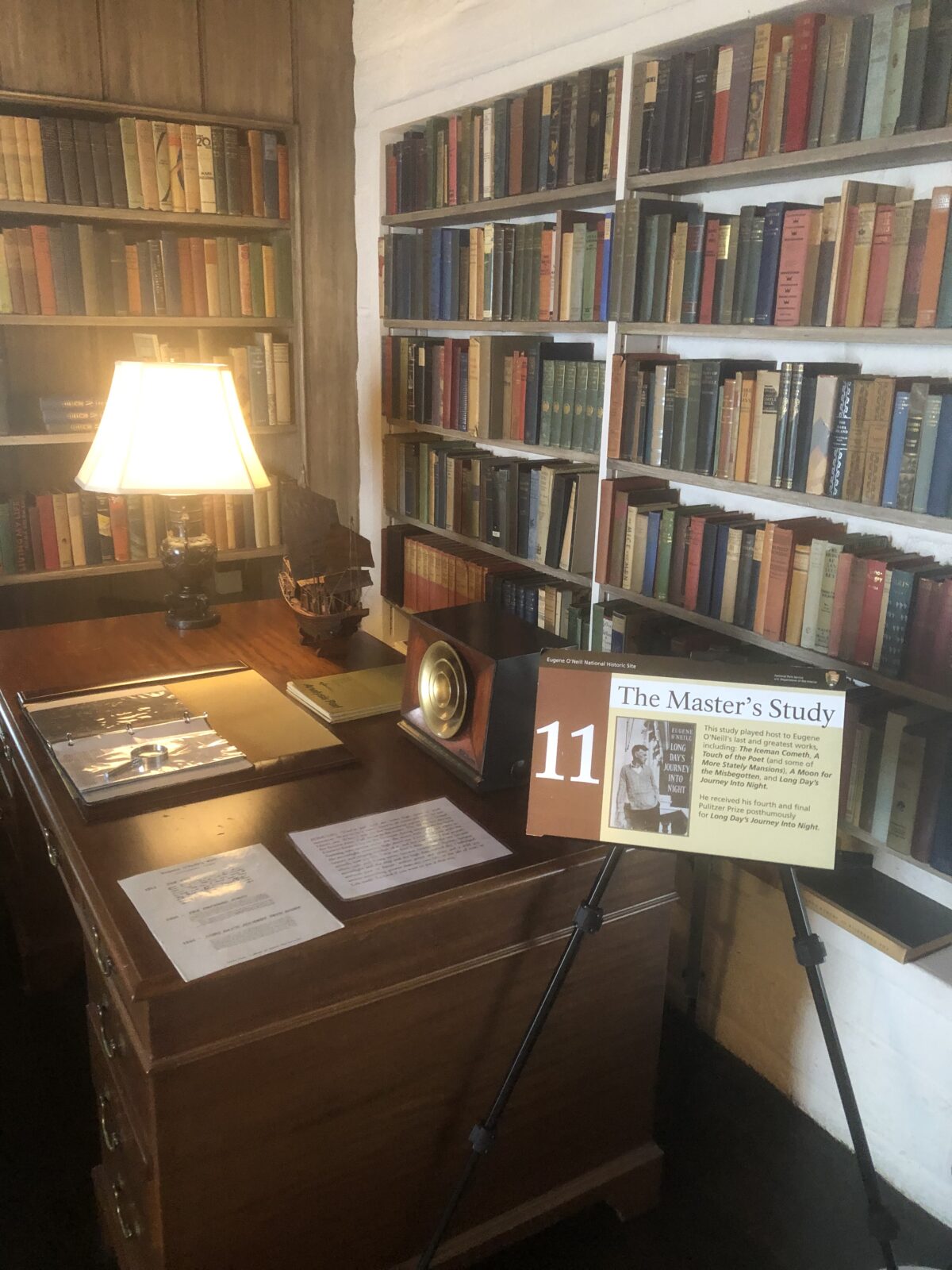
This is where he wrote his last and most recognized works: The Iceman Cometh, A Moon for the Misbegotten, and A Long Days Journey into Night (awarded a Pulitzer prize posthumously). Unfortunately, his health declined to the point where he could no longer write legibly. He tried to dictate but did not have the same creative results. In 1943 they had to leave Tao House. Neither of them drove and they had lost their staff to the war. So they had to return to the city where he would be closer to medical care. It must have been hard for them to leave such a beautiful place.
Of the original 158 acres, 13 acres are part of the National Historic Site. (The remainder of the property is still preserved as wilderness.) After touring the house, you can walk around the grounds. There is a 19th century barn that predates Tao House, now serving as a performance venue for his plays. You can also visit the grave of O’Neill’s dog “Blemie” and read the will that he wrote for him. It is quite lovely and if you are a dog-lover like we are, you may find yourself tear up a bit.
Visiting Eugene O’Neill National Historic Site
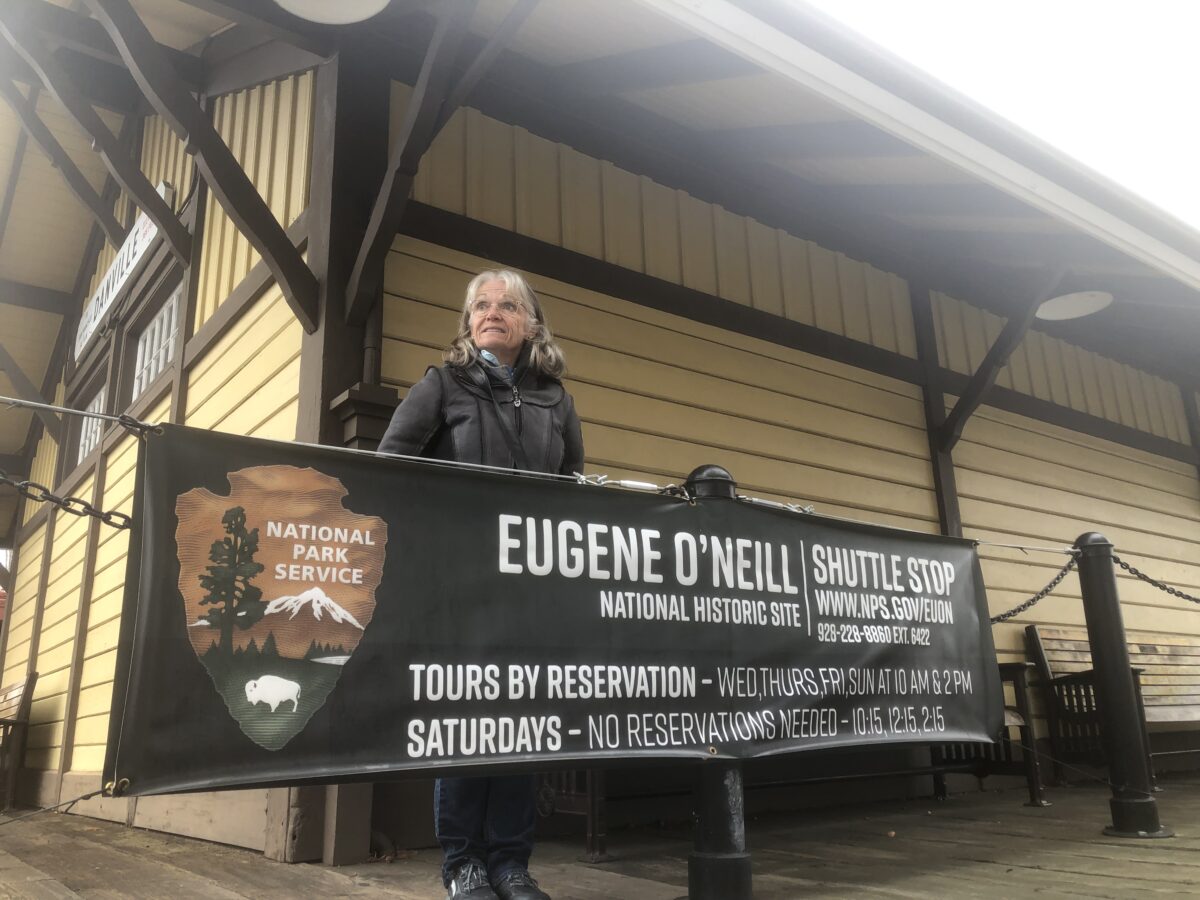
Tao House and grounds are within a gated community, only accessible by a National Park Service shuttle that runs from the Danville train depot. You will usually need a shuttle reservation. Check the website for times. Give yourself at least 2 hours to take the shuttle, tour the house and wander around the grounds.
While you are in the area, plan to visit the other national park units nearby – John Muir National Historic Site, Rosie the Riveter WWII Home Front National Historical Park and Port Chicago Naval Magazine National Memorial. Like Eugene O’Neill National Historic Site, they all portray a different aspect of our rich history.
Need Help Planning Your Visits?
If you would like to explore this or other National Park Units, but need a bit help in the planning, please give us a call at (480) 609-3978. We are happy to offer customized trip planning.
#FindYourPark
#SeeAmericaFirst
